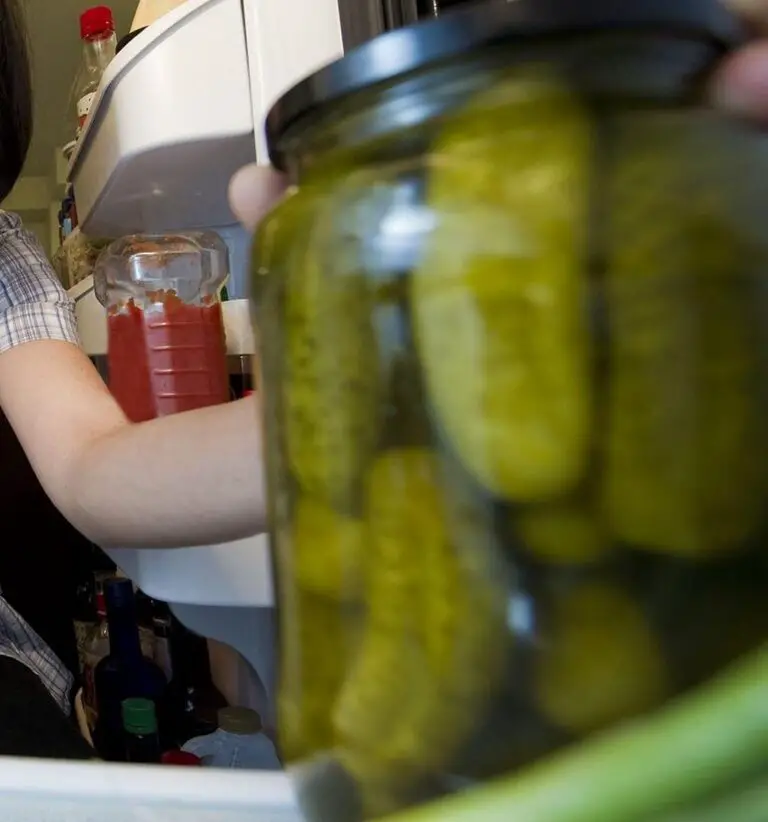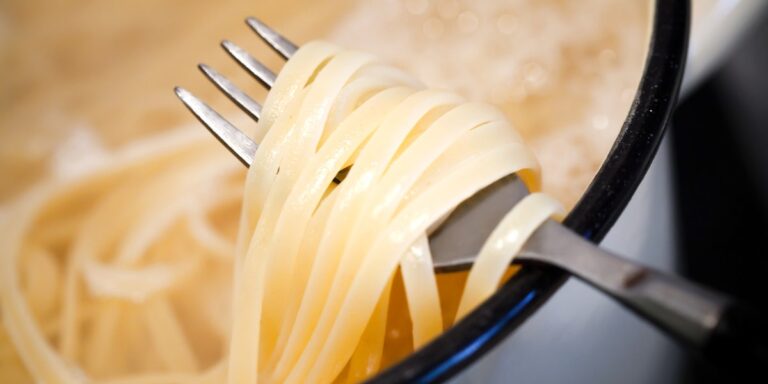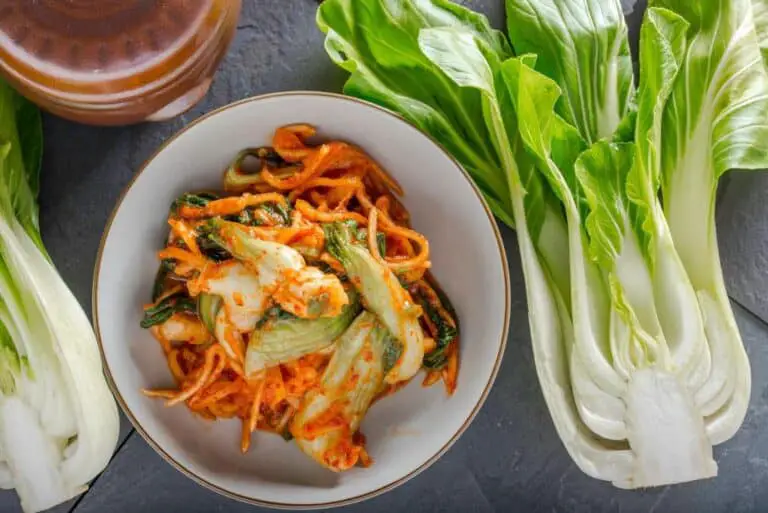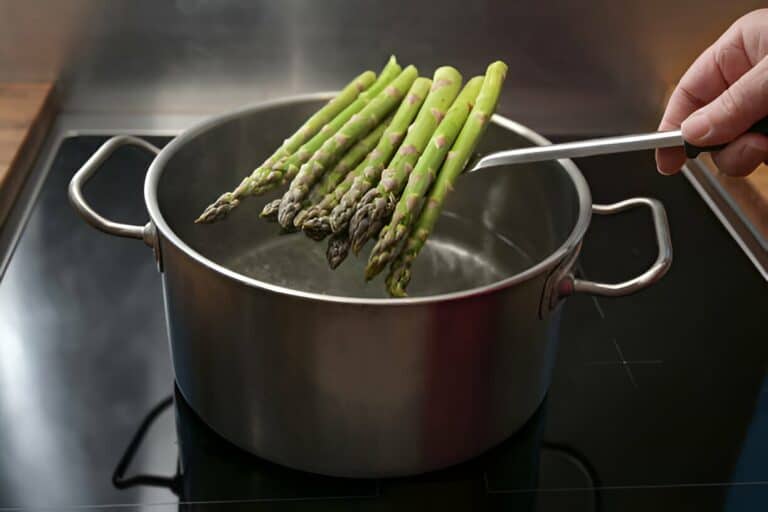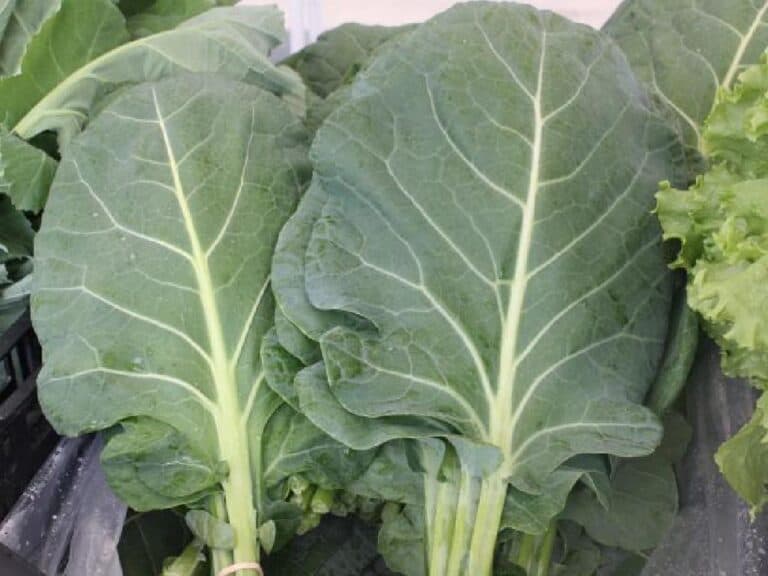Is Pasta Easy or Hard To Digest? (How Long Does It Take to Digest?)
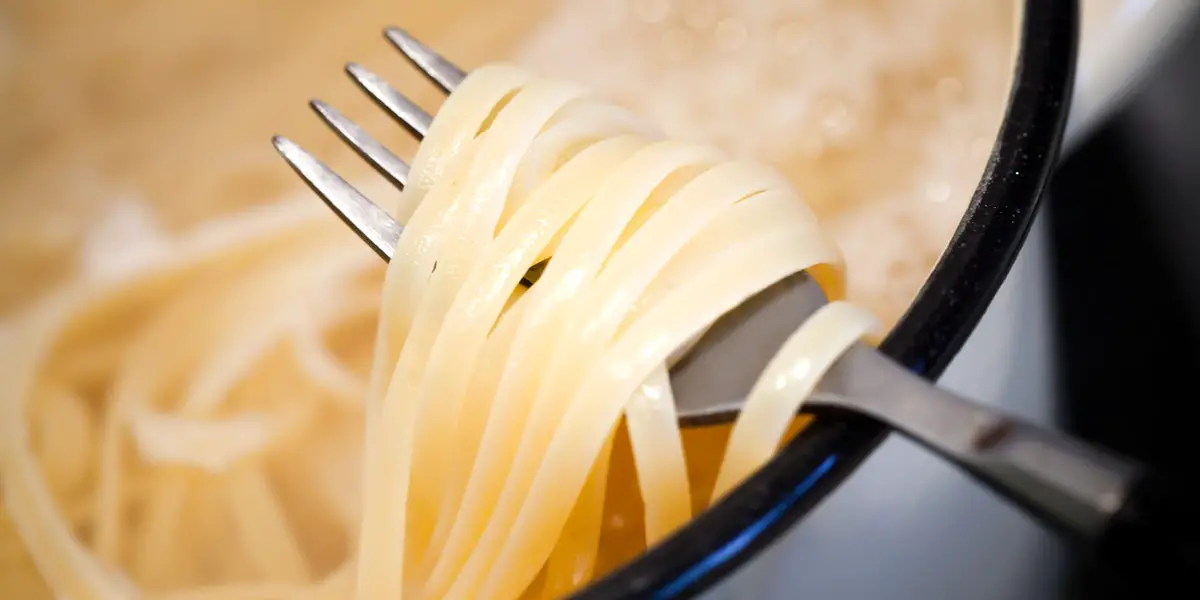
Pasta is a well-known food product that has been around for centuries. Cooking time for pasta can affect its glycemic index and how easily it is digested. It is made from flour, water, and sometimes eggs. There are many types of pasta, including spaghetti, macaroni, and lasagna. Pasta is a popular food choice because it is affordable, easy to prepare, and whole-grain pasta varieties offer a lower glycemic index.
Eating pasta should be an enjoyable moment for all. But this is not always true. Sometimes, refined pasta upsets your stomach. In this case, trying whole wheat pasta may help. Perhaps it is hard to digest and causes bloating.
In this article, you want to know if pasta is easy or hard to digest. Is pasta the cause of your stomach bloating? You also need to know if there is a healthy and safe way for you to enjoy pasta.
Basic Human Food Digestion
Let’s start by learning about human digestion and the difference between digesting refined vs. whole wheat pasta. It begins in the mouth, where food is chewed and mixed with saliva. Saliva contains enzymes that break down carbohydrates, proteins, and fats. The food then moves to the stomach, where acids and enzymes further break it down.
The digestive juices in your stomach and intestines break down the food further. The small intestine has a special layer of cells. They are called the epithelial cell layer. It absorbs water and nutrients. Then, the nutrients are absorbed through the walls of your intestines into your bloodstream and transported throughout your body.
The appendix is a small, finger-like structure that connects the large intestine to the small intestine. It contains no cells and is only there for structural support. The appendix helps prevent infection in the large intestine. It does this by serving as a passageway between the two sections of the large intestine.
The waste products from digestion are eliminated through your rectum and anus. That’s the end of your food journey, including the transition from refined pasta to whole grain pasta for better blood sugar control!
Digestion of Carbs, Proteins, and Fats
As we explained above, the digestive system breaks down food into smaller pieces so that your body can absorb the nutrients. Carbohydrates, proteins, and fats are all broken down in different ways.
Carbohydrates are broken down into simple sugars. These sugars are then absorbed into the bloodstream.
Proteins are broken down into amino acids. These amino acids are then absorbed into the bloodstream.
Fats are broken down into fatty acids and glycerol. These fatty acids and glycerol are then absorbed into the bloodstream.
The makeup of carbs, proteins, and lipids, and where they are digested, affect how fast they are digested.
Does Pasta Digest Slowly?
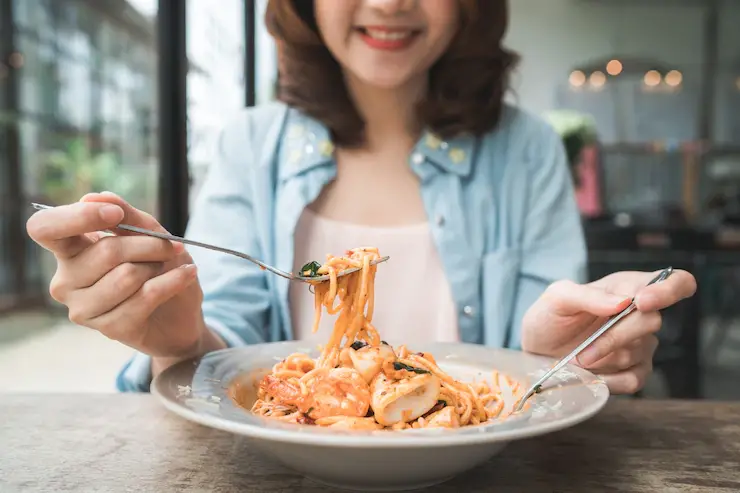
So how about pasta? Is it digested slowly or quickly?
The answer to this question is a little complicated. Like anything in the world, it depends! It depends on the type of pasta that you’re eating, how you prepare it, and other foods you eat with pasta.
White spaghetti is one of several low-carbohydrate foods that are simple to digest. On the other hand, whole-grain pasta produced from wheat, brown rice, or quinoa preserves its fiber and hence takes a longer time to digest.
The contents of your other food at that time can also impact digestion time. If you eat whole wheat pasta with many vegetables, it will take longer for your stomach to digest them. This may have a better effect on blood sugar.
And if you cook your pasta al dente, it will also digest more slowly because it will be firmer. But if you’re eating boiled or baked pasta, it will digest relatively quickly because the starches have been cooked out of it.
How Long Is Pasta Digested in Your Stomach?
The time it takes to digest a specific food, like whole grain pasta, is often determined by its macronutrient content and glycemic index. The USDA says that carbohydrates are digested the fastest of the three macronutrients. Fats are digested the slowest.
Pasta is mostly made up of carbohydrates, with a small amount of protein and a very small amount of fat added for flavor. The type of pasta you’re eating is another aspect to consider when calculating how fast your spaghetti meal will digest.
Simple carbohydrates like plain rice and pasta are the only ones that digest fast in the stomach, requiring only 30 to 60 minutes.
On average, general food takes more than 40 minutes to move through the stomach. After that, the meal remains in the intestines for 40 to 120 minutes, or even longer in rare cases.
Is Pasta Good for Digestion and Easy on the Stomach?
Doctors recommend eating whole grains if you want your gut to function better. This is because optimal colon function needs at least 25 grams of fiber each day. Whole grains have a lot of fiber and nutrients. In comparison, processed carbs like white bread and pasta do not.
Raw pasta is difficult to digest because the digestive enzymes in the body cannot cling to it, but overcooked pasta forms a sticky dough in the digestive tract, preventing digestion. That implies the pasta should be served al dente, not uncooked or overdone pasta.
This is due to the fact that processed grains are low in fiber and travel through your digestive tract quickly. This means processed grains won’t remain in your stomach for as long as whole grains do. Simple carbohydrates that can be eaten on an upset stomach include pasta.
Does Pasta Make You Bloated?
You may have heard that wheat-based foods like pasta can cause bloating and gas. But is that really true? And if it is, what can you do about it?
Bloating and gas are common problems for many people. They can happen for many reasons. For example, eating too much, eating the wrong things, drinking soda, or being constipated. Often, the best way to deal with these issues is to try to identify the cause and then make some changes in your diet or lifestyle.
Wheat contains a protein called gluten, which some people find difficult to digest. For these people, eating foods that contain gluten can cause bloating and gas. There are a number of different ways to deal with this issue.
If you think gluten is causing your bloating and gas, consult a doctor. Work with the doctor to find a solution.
How to Know If Your Stomach Is Full
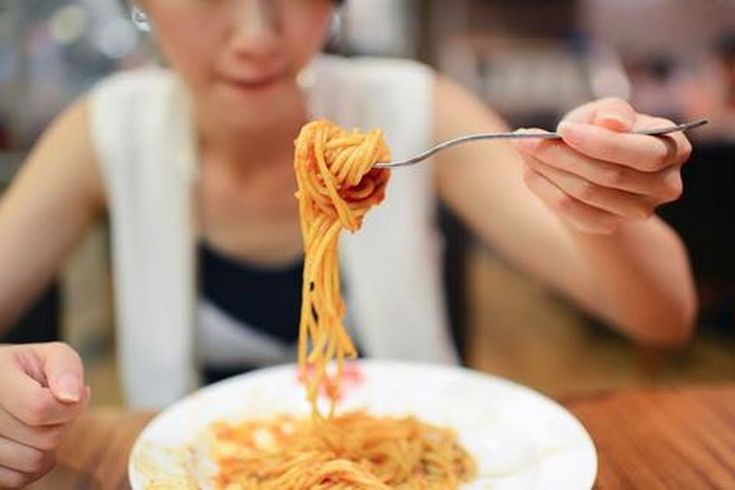
After you’ve finished eating the food on your plate, pay attention to how your stomach feels. If you’ve eaten enough, you should feel a tiny pressure in your stomach, signaling that it’s time to stop eating. So you know it is time to stop.
When you eat, your stomach expands. The stretch receptors in the stomach wall send messages to the brain that say you are getting full. The brain also gets feedback from the digestive system about how much food has been digested and absorbed. When these signals reach a certain intensity, the brain sends out messages that tell the body to stop eating.
How to Know If Your Stomach Is Bloated
Do you know that feeling? You’ve just eaten a big meal, and your stomach feels bloated and uncomfortable. Here are a few tips on how to tell if your stomach is bloated and what you can do to ease the discomfort.
If you’re constantly feeling bloated, especially after eating refined pasta, it’s a good indication that your stomach is inflamed. Other bloating symptoms include belly pain and swelling. You might also have too much gas, constipation, or diarrhea.
There are several things you can do to help relieve the discomfort of bloating. First, avoid foods that tend to cause inflammation, such as processed meats, dairy products, and fried foods.
Second, drink plenty of fluids throughout the day, especially water or herbal tea. Third, exercise regularly; moderate exercise can help improve digestion and reduce inflammation.
How to Calm Your Digestive System
If you are looking for ways to calm your digestive system, there are a few things that you can do.
One of the best ways to calm your digestive system is to eat smaller meals throughout the day instead of three large meals. This will help to keep your digestive system moving and will not overload it.
You can also try cooking whole wheat pasta to make it easier to digest. eating more fiber, which will help to move food through your digestive system. Additionally, drinking plenty of water will help to keep things moving as well.
Finally, if you are experiencing discomfort or pain, taking a probiotic may help to relieve some symptoms.
The Healthiest Ways to Eat Pasta
Eating pasta every day is not healthy. This is especially true if it’s eaten in large amounts or with unhealthy toppings. But, there are also many ways to make pasta a healthy meal.
One way to make pasta healthier is to choose whole-wheat pasta instead of white pasta. Whole-wheat pasta has more fiber and other nutrients than white pasta.
You may try Zoodles and other vegetable “pastas” that offer a low glycemic index alternative to traditional, refined pasta. They are pasta variants that that is lower in calories. To balance the nutrients in it, you should eat them with a side dish that contains a greater amount of protein and vitamins.
Another way to make eating pasta healthier is to add vegetables to the sauce or toppings. Vegetables add vitamins, minerals, and antioxidants to the dish.
Finally, you can cut the fat in your pasta dish by using low-fat cheese or no cheese. Also, use olive oil or another healthy oil instead of butter or cream. This will make the pasta easier to digest.
With these tips, you can enjoy a delicious and healthy bowl of pasta tonight!
Final Thoughts
Pasta is a popular food choice for many people. It is relatively cheap, filling, and easy to make. But how long does it take for the whole wheat pasta to be digested in your stomach, considering its impact on the glycemic index? Is pasta easy or hard to digest?
The answer to these questions depends on a few different factors, such as the type of pasta you are eating and your individual digestive system. Whole wheat pasta is usually digested within 30 to 60 minutes after being eaten. This has a steadier impact on blood sugar.
In conclusion, pasta, especially whole wheat or whole grain pasta, is easy to digest for most people. However, some people may have trouble digesting pasta because of a gluten allergy or intolerance. If you are one of those people, you can try switching to gluten-free pasta and eating a smaller portion.

